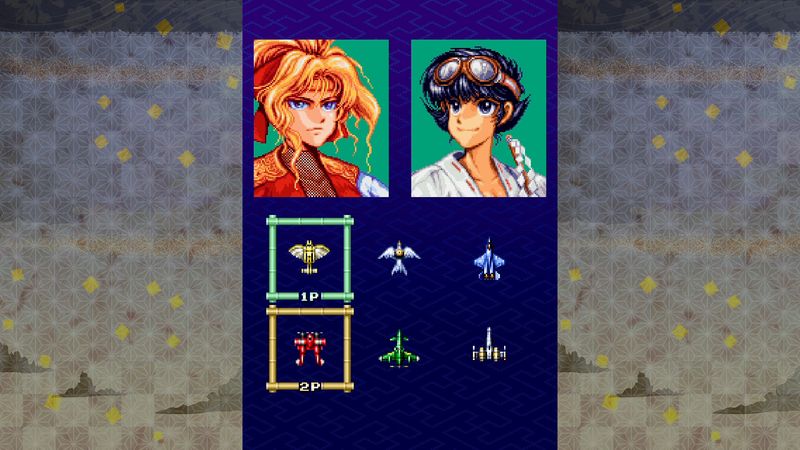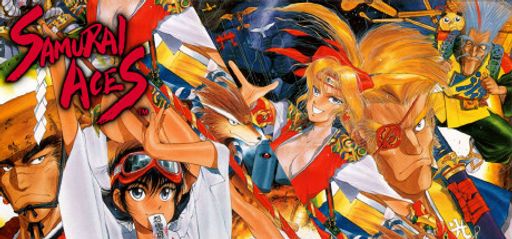Introduction
I approached Samurai Aces expecting a bland nostalgia trip. Instead, I got flying samurai, speeding bullets, and arcade-perfect nostalgia drenched in neon. City Connection’s 2020 re-release revives Psikyo’s debut shooter from the early 1990s. It ships with online leaderboards, a Score Attack mode, and extra difficulty settings. If you crave retro bullet hell with a samurai twist, you’ll find something to love here. If not, you can skip straight to Tengai or Gunbird and save your coin.
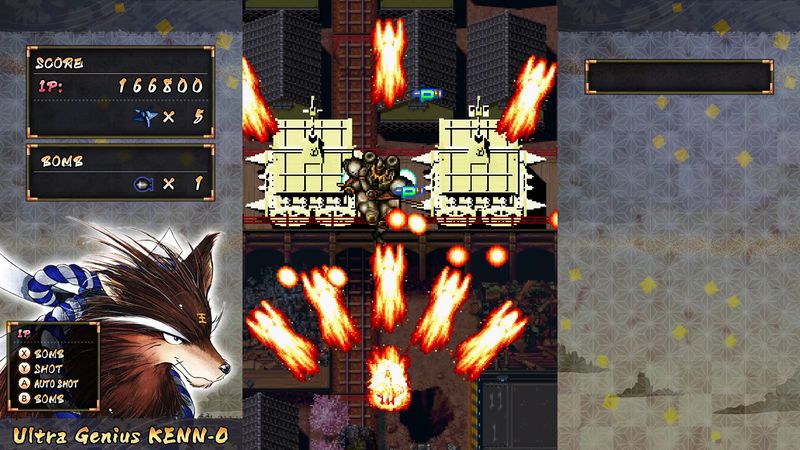
Overall Impressions
Samurai Aces blends bullet hell intensity with ancient Japanese aesthetics. The visuals pop, the soundtrack hums, and the minigames stay true to arcade roots. Yet the core game feels… adequate. Compared to Psikyo’s later hits, it lacks flair. It never outguns Gunbird or Strikers 1945 in showmanship. Still, I’ll give it credit: the port is airtight, the leaderboards addicting, and the difficulty curve satisfyingly brutal. It stands as a decent appetizer before the main Psikyo course.
Gameplay Mechanics
Samurai Aces sticks to classic shooter conventions. You pick a ship—ranging from a ninja kite to a samurai glider—and unleash rapid-fire bullets. Each vessel boasts a unique special attack, some delightfully odd. One pilot summons a giant tengu mask; another calls in exploding fireflies. The variety injects fun into relentless boss rushes.
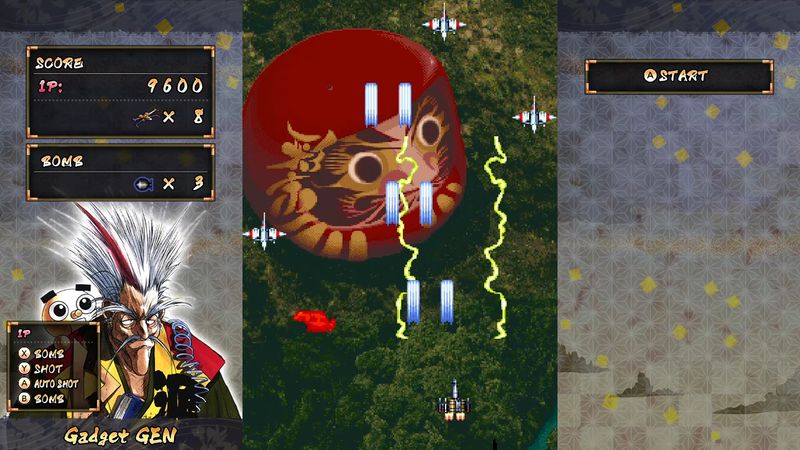
Where it falters: ships feel sluggish. Bullets zip across the screen like runaway shurikens, so dodging feels punishing. According to players, this imbalance creates a steeper climb than Gunbird but stops short of Raiden’s sadistic peaks. City Connection counters with adjustable speed, lives, and continues. I recommend starting on Easy, then cranking up to Normal once you memorize enemy patterns. The Score Attack mode and online rankings hook you fast. You’ll chase tiny score boosts just to see your name climb.
Story and Characters
Let’s not pretend there’s an epic narrative hiding beneath the hail of bullets. Samurai Aces offers no plot twists or deep cutscenes. Your pilots—samurai, ninja, and a bounty hunter wielding a giant bomb—each sport vibrant pixel art and a brief character portrait. The setting rides ancient Japan’s myths, but the story exists only in the manual. Still, I found the sprite work so charming that I almost imagined dialogue between stages. These little extras hint at creativity that never made it into the core game.
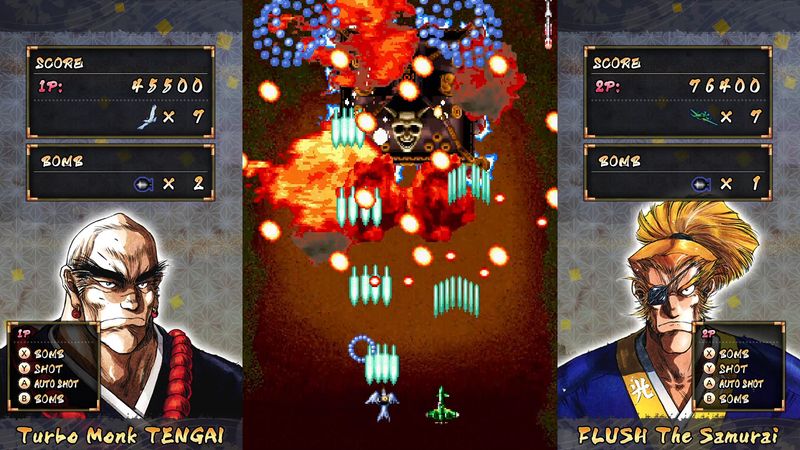
Visuals and Graphics
Here’s where Samurai Aces earns its stripes. Psikyo’s pixel artists deliver crisp sprites, bold color palettes, and fluid boss animations. Explosions bloom in fiery oranges and pinks. Backgrounds shift from misty mountain temples to moonlit forests. City Connection adds optional scanline filters, letting purists mimic CRT glow. I left the filters off to appreciate sharp 1080p clarity, but I respect that dual offering. It’s a textbook example of how to respect retro fans without compromising modern standards.
Sound and Music
The soundtrack pulses with retro synth-rock. Tracks range from frenetic drum kicks during boss battles to serene flute melodies in the quieter stages. The sound effects snap with arcade authority—a laser peppering bullets, metal clashing, and explosive roars. No voice acting hides how budget limits once constrained Psikyo. Yet these tunes and effects carve atmosphere so well, I almost expected the arcade crowd cheering behind me.
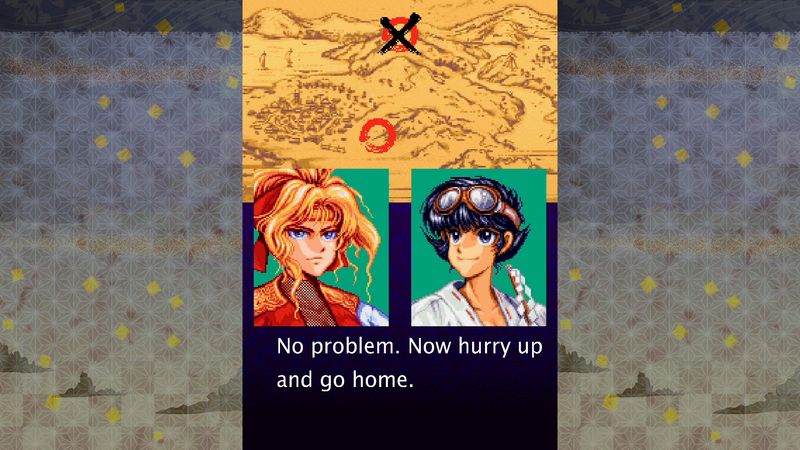
Difficulty and Replayability
Warning: Even the “Easy” setting feels hard to call Easy. I lost my first five runs before finding a rhythm. Players who grew up on Psikyo shooters will nod knowingly. Everyone else will cry foul. Still, that steep climb means every cleared stage tastes like victory. The real hook lies in replaying for higher scores. Online leaderboards fuel self-inflicted rage wars as you hunt pixel-perfect runs. City Connection’s extra difficulty tiers let you calibrate frustration. You’ll dive back in to test new strategies, unlock hidden attacks, or simply prove you mastered a near-impossible boss.
Trivia and Behind-the-Scenes
Samurai Aces debuted in 1992 as Psikyo’s first arcade shooter, delivering tight controls and vivid pixel art that defined early bullet hell action. Founded by ex-Compile staff, Psikyo quickly built on this success to create iconic titles like Gunbird and Strikers 1945. As a result, Samurai Aces remains a cornerstone in retro shooter collections and a testament to Psikyo’s innovative approach to challenging, high-speed gameplay.
In 2020, City Connection secured arcade-perfect rights for Psikyo’s library on Steam, promising faithful ports with modern enhancements. The original arcade board relied on Motorola CPUs—quite literally the “motor” behind classic bullet hell’s blistering pace. Today’s releases include optional graphical filters and online leaderboards, allowing retro enthusiasts to relive Psikyo’s legacy with authentic visuals and competitive score chasing.
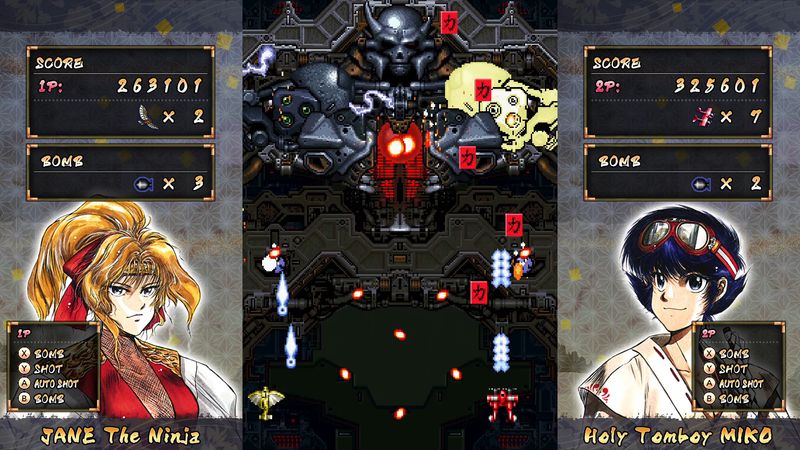
Final Thoughts
Samurai Aces won’t dethrone bullet hell titans. It wears its age and lean design on its sleeve. Yet as a port, it dazzles. As a sampler of Psikyo’s DNA, it intrigues. And as a retro shooter with samurai flair, it entertains. If you’re new to Psikyo, start with Gunbird or Tengai for better first impressions. If you’re a collector craving arcade-perfect ports, add Samurai Aces to your shelf. Just brace for one of the more punishing difficulty curves you’ll encounter.
Rating: 3.5 out of 5 stars
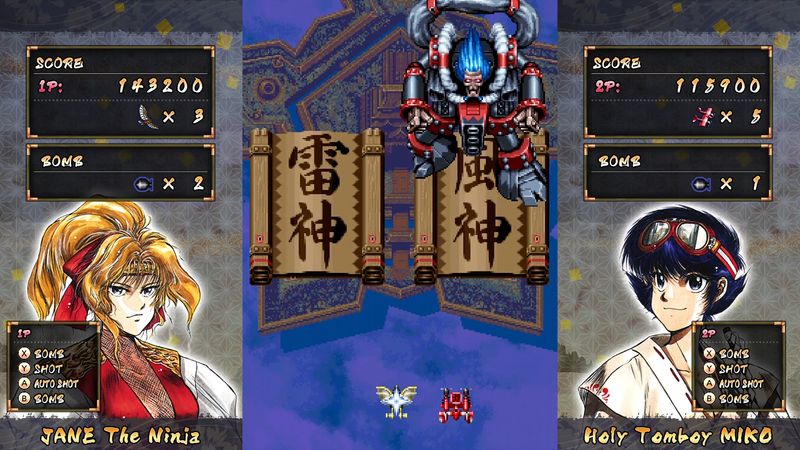
Featuring an arcade-perfect port with optional graphical filters, this title delivers silky-smooth performance and nostalgic visuals. Furthermore, its unique samurai and ninja themes come alive with quirky special attacks that keep gameplay fresh. The addictive Score Attack mode, coupled with online leaderboards, drives competitive replay value and encourages players to chase high scores, creating an engaging experience for both newcomers and veterans.
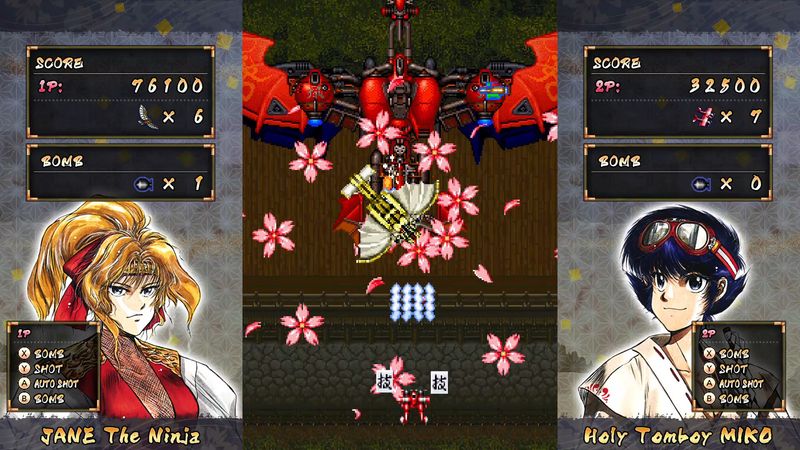
Despite its strengths, the game has a few drawbacks. The ships can feel sluggish when dodging turbocharged bullets, leading to occasional frustration. Additionally, the experience lacks a strong narrative punch or memorable story beats, which may disappoint players seeking a deeper plot. Finally, the steep difficulty curve risks alienating casual gamers, making it challenging for newcomers to fully enjoy the action-packed mechanics.
